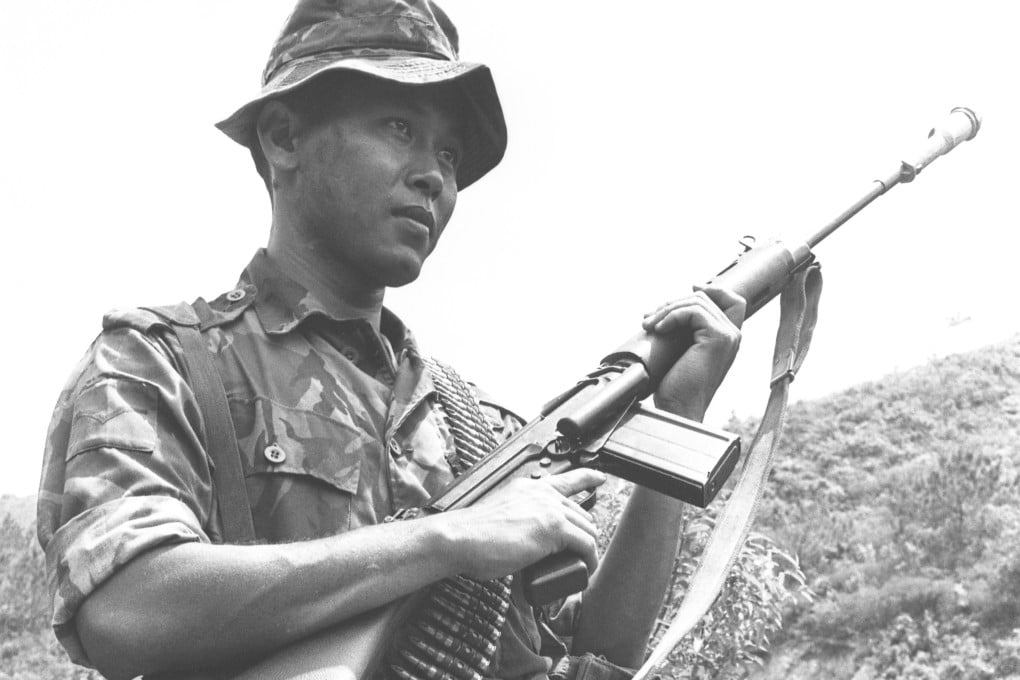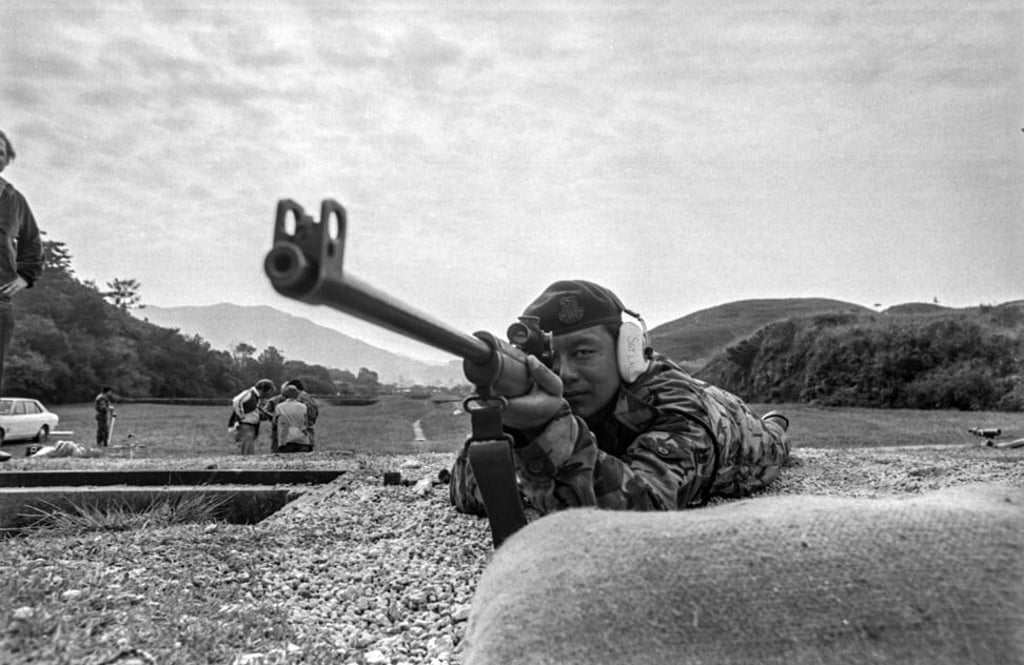Advertisement
First history of the Gurkhas, Nepali soldiers in the British Army, written by a former Gurkha is a frustrating read
- Former British Gurkha Tim Gurung provides a much needed corrective to everything that has been written by foreigners about the Nepali soldiers
- He is at his strongest when recounting the injustices Gurkha veterans have suffered, but the book includes too much factual detail, and is very repetitive
Reading Time:3 minutes
Why you can trust SCMP

The Gurkhas: A True Story, by Tim I. Gurung, Penguin, 2 stars
A history of the Gurkhas – Nepalese soldiers with a fearsome reputation who form part of the British, Indian and other armies – has finally been written by a former British Gurkha, providing a much needed corrective to everything that has been written about them by foreigners.
Tim Gurung, who signed up when he was 17 and comes from a family with a long history of service, spent 13 years in the service. The book not only covers his personal history, which involved lengthy periods based in Hong Kong (where he now lives as a civilian), it is also a history of the Gurkhas themselves.
Advertisement
Founded in 1815 as a division of the British Indian army, the Gurkhas were effectively split into two in 1947 after India gained its independence from Britain – they were given the choice to serve in either the British or the Indian army. Some were also recruited to serve in Nepal’s army and those of other countries, including Singapore and Brunei.

Advertisement
The book is at its strongest when it explores Britain’s exploitative relationship with Nepal; in particular it highlights the scandal of Gurkha veterans who for years did not receive pensions for their service – even those who had been injured in battle. The issue was recently resolved.
Advertisement
Select Voice
Choose your listening speed
Get through articles 2x faster
1.25x
250 WPM
Slow
Average
Fast
1.25x